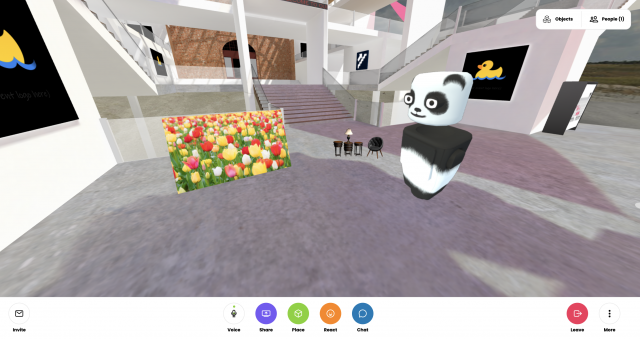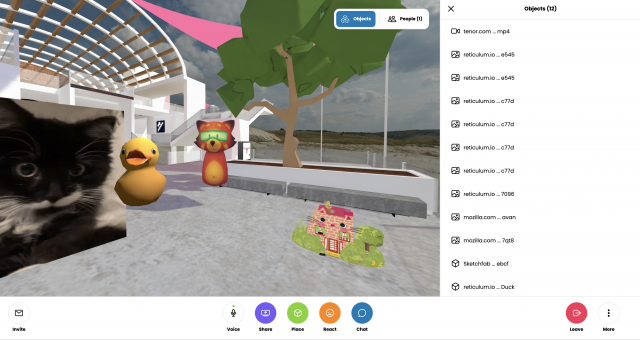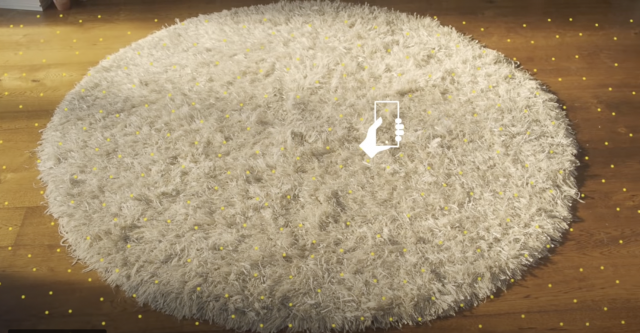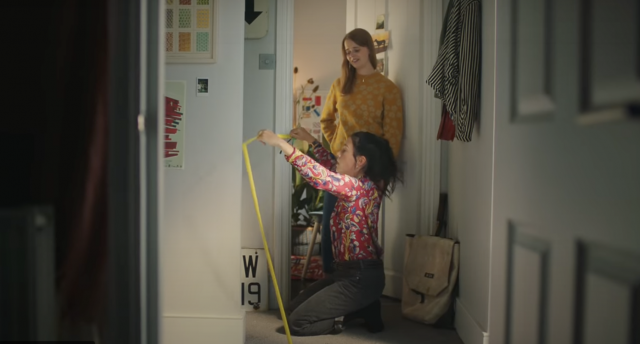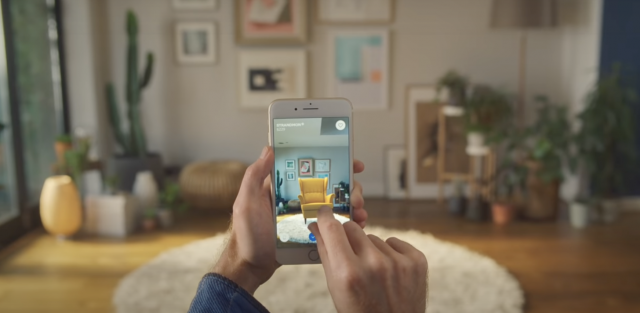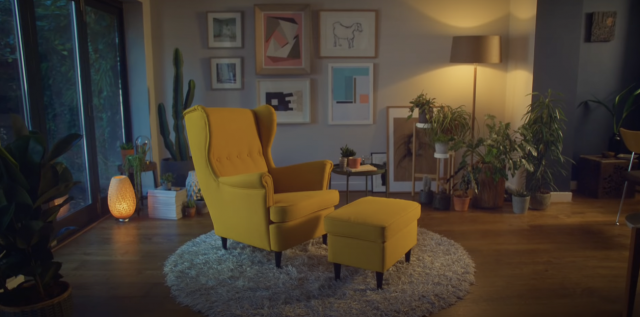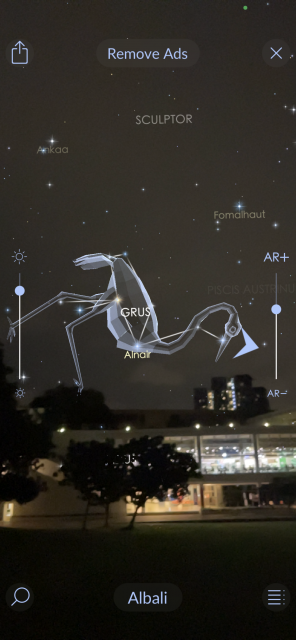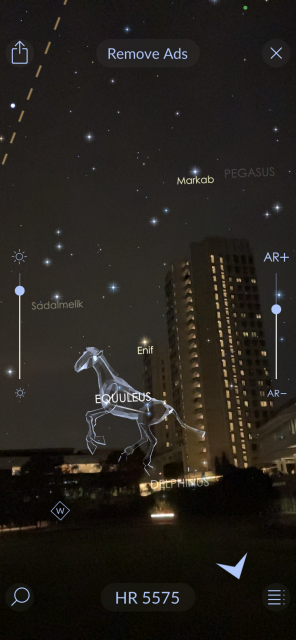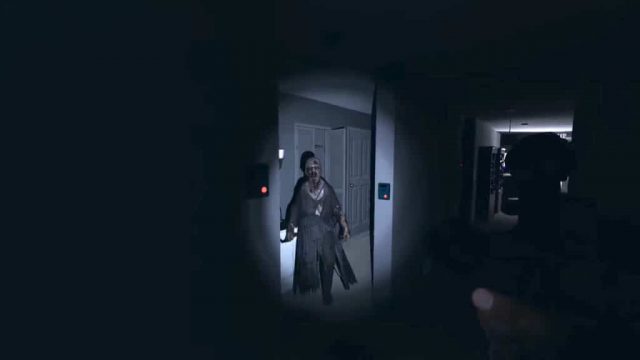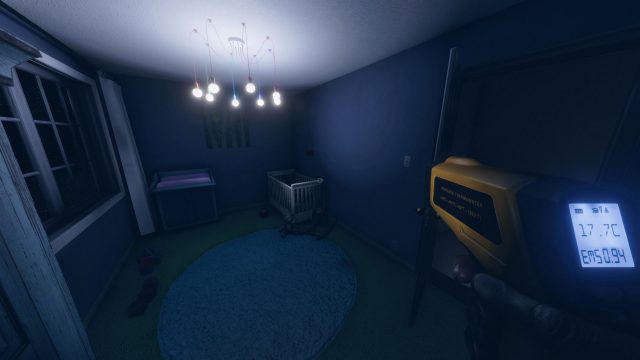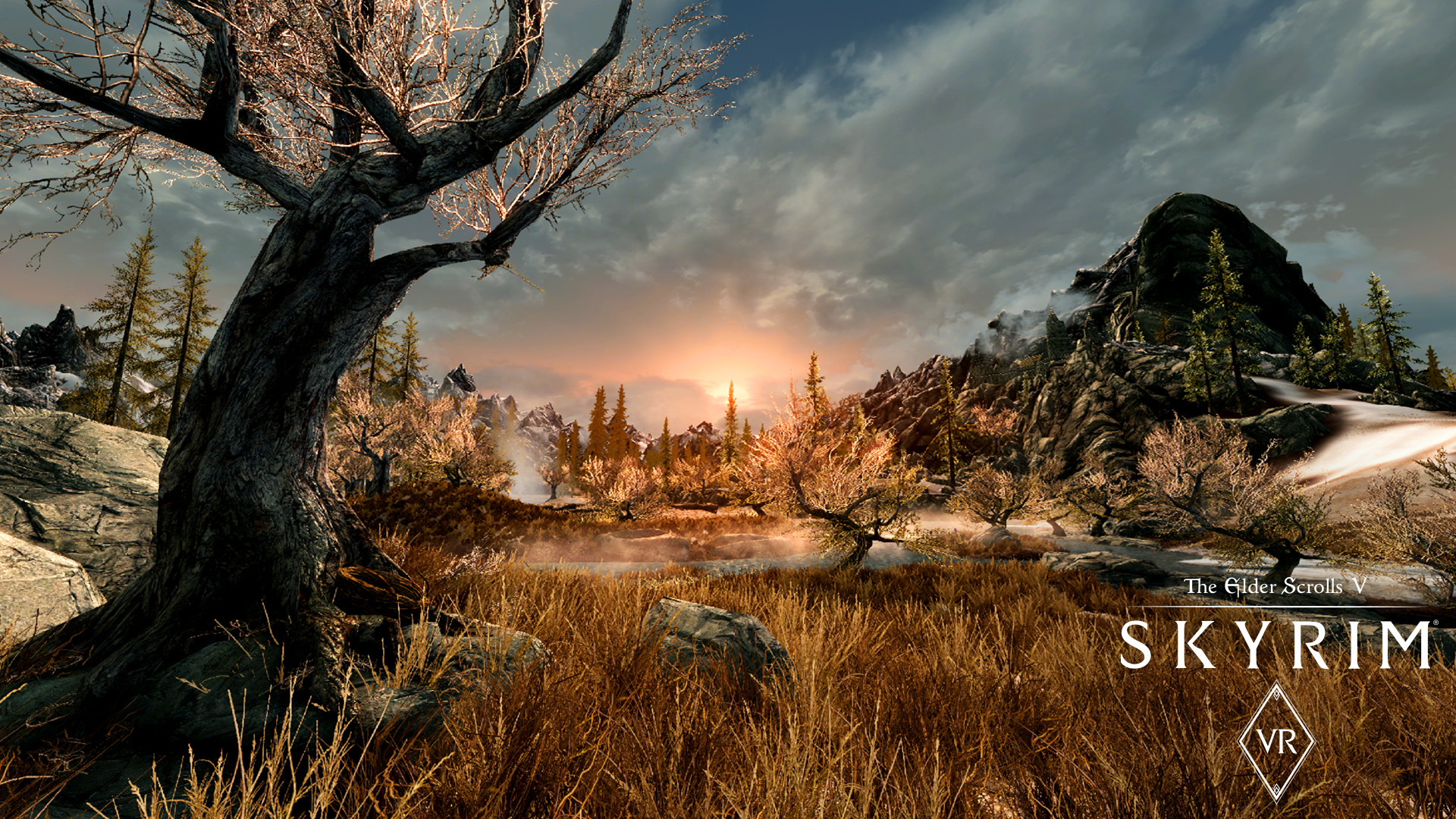Five Nights at Freddy’s: Help Wanted is a VR game that I enjoy recommending to first-time VR players. It consists of a collection of mini-games that pertain to a novel theme that could be described as Survival Horror Puzzle.
On PC, these mini-games were interesting at best, the animatronics were stuck on a flat-screen. I felt safe controlling the mouse to interact with the various UI elements. In VR, however, the experience was astonishingly brought to the next level. I was right there in that enclosed, darkroom. Alone. I couldn’t see the people around me. No matter where I looked it was just dark creepy aesthetics. There was no way out. It was truly immersive. I can’t help but be engaged within the game.
In the PC version, there was a UI button to click which will bring the user to a screen that shows the CCTV footage of the animatronics (who are out to kill you) at various locations.
In the VR version, the developers made a fantastic choice of embedding all UI components within the virtual environment.
This time, the buttons were right in front of you, as if you were right there in front of a working CCTV system. You have to physically “press” the buttons within the game with your virtual hands as you would have done intuitively in real life. There were no distracting UI elements or HUD to break the immersion in this 3D environment. This particular design choice deepens the immersion I felt in the game.
Another interesting thing to note is that the jumpscares here were noticeably more terrifying. Look at this moment where the player runs out of battery. The doors are now left wide open for the animatronics to attack. The game doesn’t just end here. The audio-visual experience provided by this moment is simply beautiful. The lights turn off. You hear the distinct sound of the power running out. A pair of eyes blink open to stare at you. Then an oddly friendly and creepy tune of “Toreador March” plays in the background. You are left to dread your impending doom while still leaving you with a slight chance of surviving the night. You never know for sure. And most importantly, your senses had no way out of this virtual environment. You can close your eyes, but you won’t fully avoid the light. This particular experience can be truly terrifying for the player (and also fun to watch as a bystander). This moment is simply one of many ways the player gets jump-scared in the game, but it is my favorite one that encapsulates all the various techniques needed to engineer a scare.
There were some features in particular that I believe could be improved.
Firstly, the replayability value is quite low in multiple game modes. There are certain techniques that you will pick up to deal with the game’s various puzzles. For several game modes, once you master a few simple techniques, the game becomes repetitive and slightly boring. This could be owed to the fact that this game is a collection of mini-games. There was great breadth but little depth in some places.
Secondly, on certain modes, as seen in the video clipped above, the environment’s color scheme was altered. In the above example, the environment becomes desaturated. In my opinion, this particular mode drains both the game’s life and creepiness factor. As a player, I felt less appealed and less engaged with the environment.
Thirdly, while the precursors to the jumpscare were well done, as discussed above. I believe more work could have been done by the developer to make the actual jumpscare more terrifying. The environment blacks out immediately prior to the scare and breaks to an animatronic screaming to your face. This seems to lack a little polish. I felt that the scares could integrate a little more to the user’s surrounding 3D environment to completely seal in the immersion of the scare.
Finally, there were limited interactions with prizes in the game. The player can only hold the prizes around or put it near the face to “consume” it. I understand this is merely a fun gimmick for the player to fool around in a VR environment. But it is albeit too repetitive and predictable. I don’t actually look forward to winning these “prizes” upon completing a level. Several simple ways this can be improved are by giving the prizes more interactive components such as buttons to perform actions/generate sounds or movable limbs instead of just existing as a static prop.
Overall I enjoyed this game immensely, not only as a player but also as a bystander. 🙂

